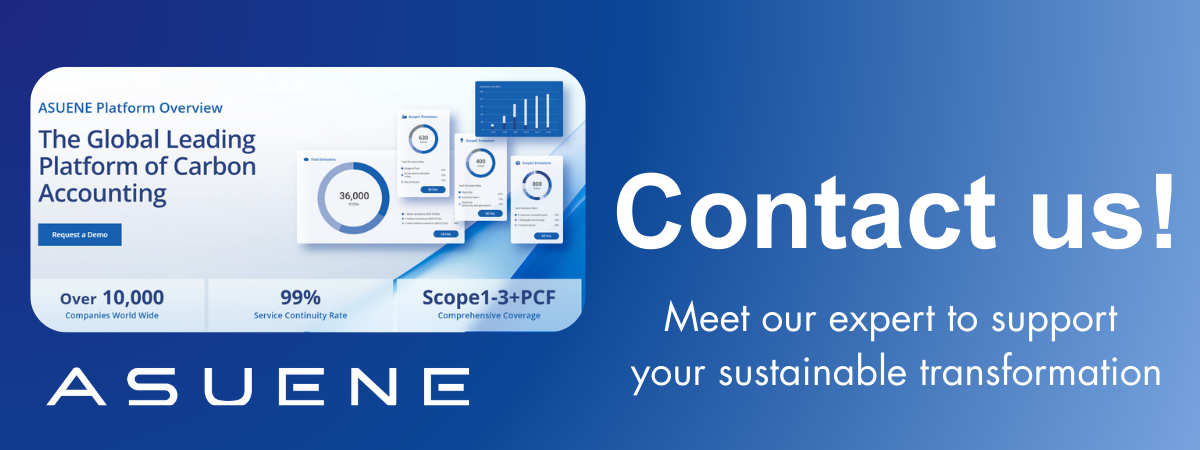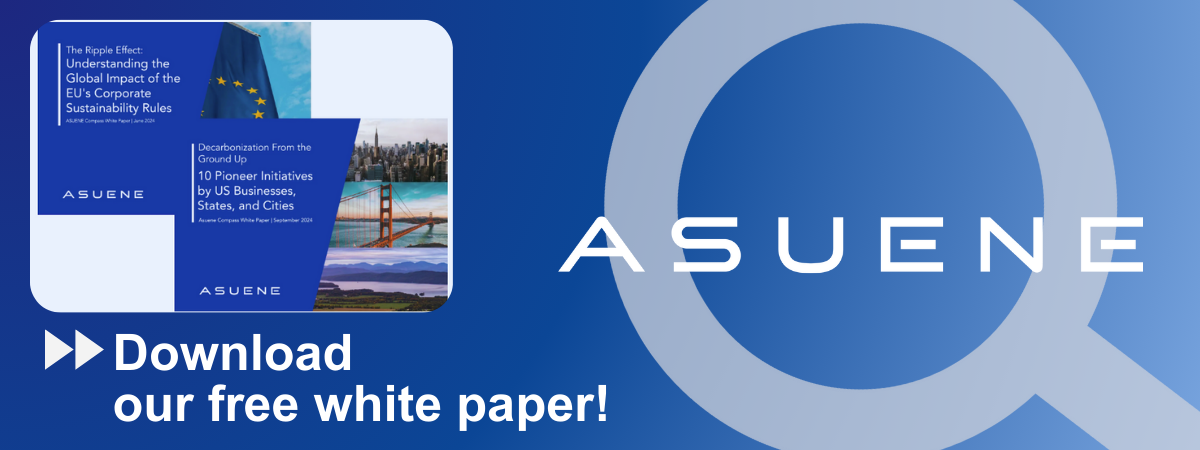- Article Summary
-
Introduction
Japan’s Green Transformation Emissions Trading Scheme (GX-ETS) represents a structural shift in how carbon risk is priced and managed across industries. As the first mandatory carbon market in Japan, set to take effect in April 2026, the GX-ETS requires large emitters, meaning companies with annual average Scope 1 emissions exceeding 100,000 tonnes of CO2 equivalent, to quantify, verify, and trade their emissions. Beyond regulatory compliance, this change signals the beginning of a new corporate era where data credibility and transparency directly affect financial performance and investor confidence.
The Data Challenge of the GX-ETS
Under the GX-ETS, companies will need to submit verified emissions data that meet standardized Measurement, Reporting, and Verification (MRV) requirements. Historically, many Japanese corporations have tracked greenhouse gas emissions through voluntary frameworks or sustainability disclosures. The transition to a regulated market raises the bar, demanding the same accuracy and auditability as financial accounting.
The Ministry of the Environment and the GX League have outlined a phased approach that will expand coverage and tighten verification standards over time. This means early movers in data governance will gain a strategic advantage. Companies without reliable data collection systems risk financial penalties, compliance delays, or reputational setbacks. For multinational firms, aligning GX-ETS data standards with other carbon market requirements such as the EU-ETS or emerging Asian schemes will be equally important.
Carbon Accounting as Corporate Infrastructure
Carbon accounting has evolved from a sustainability function into a core part of corporate infrastructure. The GX-ETS brings emissions directly onto the balance sheet, creating measurable financial exposure. Firms will need integrated systems capable of linking emissions data from operations, supply chains, and energy consumption with financial performance metrics.
Automated data collection, digital MRV, and transparent audit trails are essential for credible reporting. Companies that continue to rely on manual data entry or fragmented spreadsheets will struggle to keep pace with regulatory and investor expectations. Carbon accounting tools that integrate real-time monitoring, third-party verification, and reporting dashboards can help firms meet compliance requirements and identify reduction opportunities and cost-saving efficiencies.

Financial Materiality and Data Quality: Lessons from MSCI ESG Research
According to MSCI ESG Research (October 2025), the link between emissions performance and financial outcomes becomes clearer when emissions are weighted by financial materiality rather than treated equally across sectors. The analysis of the MSCI Japan IMI showed that materiality-weighted carbon efficiency had a stronger relationship with stock performance than total emissions. This means that accurate, financially relevant emissions data are more predictive of long-term resilience.
The same MSCI report found that if the carbon price under GX-ETS were to reach USD 70 per tonne, similar to the EU-ETS, median earnings at risk for utilities and materials companies could exceed 10%. Reliable data and transparent accounting practices are therefore critical for understanding exposure, forecasting earnings impacts, and informing strategic responses. Firms that fail to measure accurately may underestimate financial risks or misprice their decarbonization strategies.
Integrating LCA and Scope 3 Transparency
While the GX-ETS currently focuses on Scope 1 emissions, forward-thinking companies are expanding to full lifecycle analysis (LCA) to anticipate future regulations and investor scrutiny. Tracking emissions across product lifecycles and supply chains allows companies to uncover hidden risks, demonstrate accountability, and strengthen supplier engagement.
Advanced data systems can connect upstream and downstream data points, enabling firms to assess embodied carbon, resource efficiency, and product circularity. Integrating LCA with Scope 3 reporting creates a more complete picture of corporate climate impact and helps identify cost-effective decarbonization pathways. These systems also facilitate verification under emerging international standards, positioning companies to participate more effectively in global carbon markets.
Conclusion
As Japan enters a carbon-priced economy, data integrity will define corporate success. The GX-ETS elevates emissions measurement from voluntary reporting to regulated accounting, requiring precision, consistency, and financial alignment. Companies that invest in robust data systems, credible verification, and lifecycle-based analysis will comply with regulation while strengthening investor trust and strategic agility. Reliable carbon accounting is the foundation of a transparent, competitive, and future-ready low-carbon economy.
Why Work with ASUENE Inc.?
ASUENE is a key player in carbon accounting, offering a comprehensive platform that measures, reduces, and reports emissions. ASUENE serves over 10,000 clients worldwide, providing an all-in-one solution that integrates GHG accounting, ESG supply chain management, a Carbon Credit exchange platform, and third-party verification.
ASUENE supports companies in achieving net-zero goals through advanced technology, consulting services, and an extensive network.


